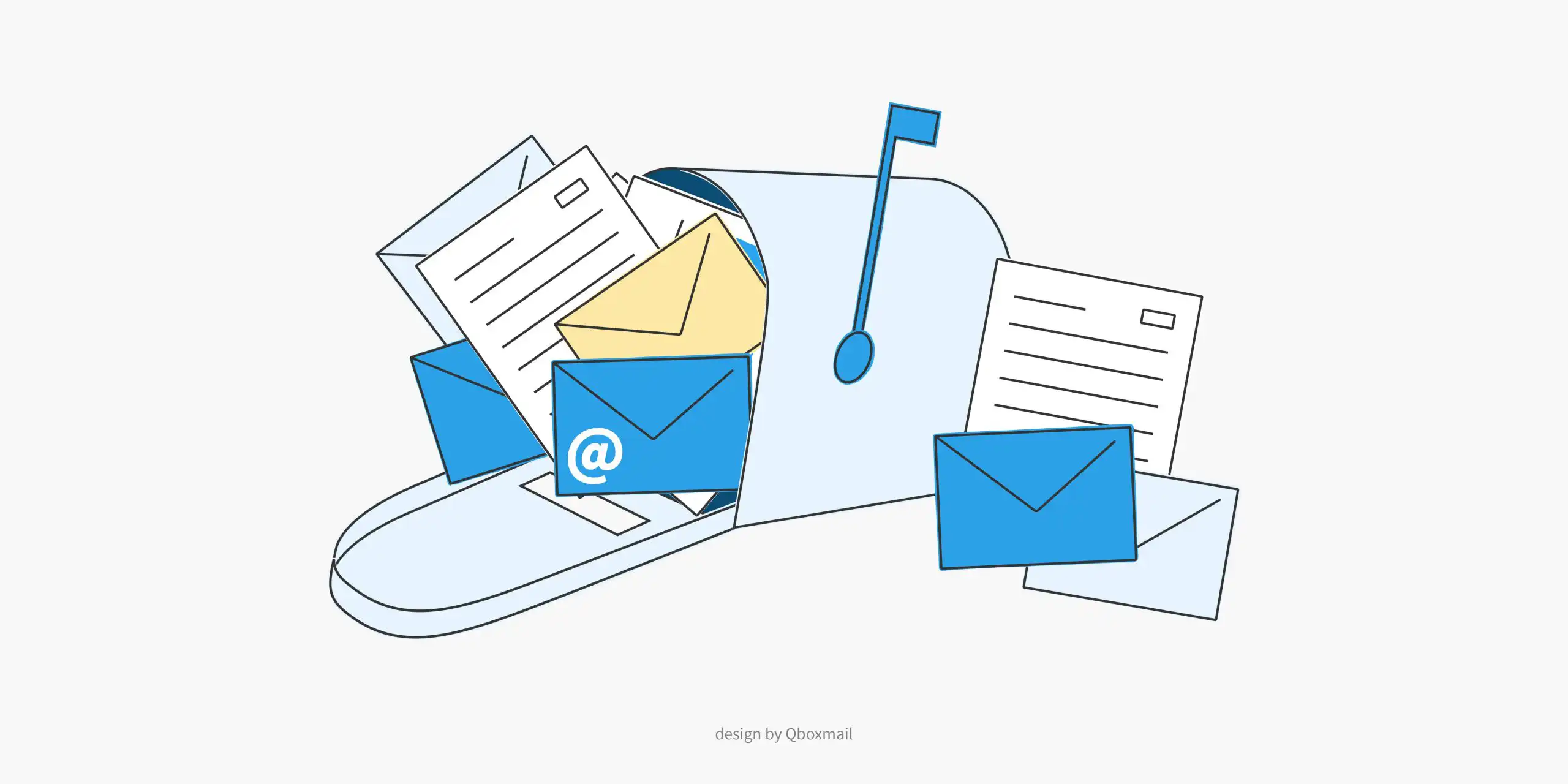Email: an example of free and independent communication from big tech

Email is a cornerstone in the history of digital communications, and it has evolved over time while preserving its nature as a free and independent medium.
Email, invented by a researcher on ARPANET 50 years ago, has directly experienced the technological and digital transformation that has brought significant improvements and upgrades to its infrastructure.
From the early days of protocols like SMTP and POP3, we have moved to more advanced solutions like IMAP, secured through HTTPS and TLS, ensuring data encryption and enhanced security. Mobile access has made email consultation more easy, allowing people to access their messages wherever they are.
Despite these changes, email has remained true to its essence. It is a free and open media, not tied to a single platform or owning company. The technical standards underlying email have remained the original ones, enabling the sending of emails between different platforms without interoperability issues, unlike other communication methods whose functionality and usage freedom are tied to the decisions and stock performance of the company that owns the platform.
The centrality of privacy and email security has been maintained through the implementation of advanced encryption and the adoption of improved measures to protect user communications.
Email’s asynchronous nature, is a distinctive feature and allows people to communicate when it is most convenient for them, and recipients to respond later.
The persistent storage of emails allows users to refer back to important messages even years after receiving them.
Today, media are subject to the decisions of owning companies, email continues to be an exemple of free communication.
As it has evolved, it has retained a fundamental characteristic: its independence, enabling millions of people to communicate without barriers, regardless of the device or provider used.
The main difference in “free” communication between email and messaging apps, is the user’s control and independence over the communication channel.
Here’s how these two forms of communication differ in terms of freedom:
Email:
- Independence and Interoperability: Email is an independent communication medium not tied to a specific platform or application. Users can choose their preferred email service provider (such as Gmail, Yahoo, Outlook, etc.) or even set up their own email server if they have the technical skills.
- Openness: Email is open to anyone with a valid email address. It doesn’t require users to use the same application or be part of a specific social network to communicate with each other. This promotes communication with a wide range of contacts.
- Persistence: Emails have long-term memory and remain stored in the user’s mailbox until they are deleted. This allows users to refer back to old conversations and documents at any time.
Messaging Apps:
- Centralization and access restrictions: Instant messaging apps like WhatsApp, Facebook Messenger, and Telegram are closed and centralized platforms controlled by the owning companies. To communicate with users on these apps, one needs to subscribe to the platform and download it to their device. This can limit communication with anyone who doesn’t have the same app or doesn’t want to use messaging apps in general.
- Service dependency: Since messaging apps are managed by companies, users are subject to the policies and decisions of the owners, which may result in privacy, security, and service availability restrictions.
- Contact constraints: In messaging apps, it’s often necessary to have the other person’s phone number or specific user account to communicate with them. This can limit communication freedom, as you cannot contact anyone unless you have their correct and up-to-date contact information in the app. Additionally, the need to share this information may be seen as a privacy violation by some users.
With her history, email continues to play an essential role in the future of communications, remaining true to its nature as a free and independent tool.



